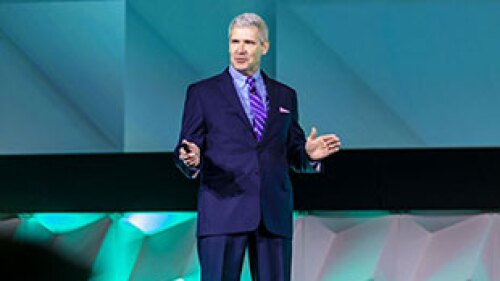Everywhere you look, local food is a hot topic. Community gardens provide healthy food and a place for neighbors to meet. Popular restaurants, like the Wise Acre in Minneapolis, Minnesota, feature food sourced from a farm just 50 miles (80 km) away. Farmers markets are everywhere, and food carts are a mobile option for budding restauranteurs to demonstrate their talent. The popularity of food and its source is driving real estate development in not-so-subtle ways.
Chris Meany, a partner at Wilson Meany Sullivan LLC, helped develop the Ferry Building in San Francisco. Today, the Ferry Building is one of the five most visited places in San Francisco. Retailers there boast sales of $1,250 per square foot ($13,440 per sq m). Furthermore, the days the farmers marketis held are the days the indoor retailers do their best business. Meany credits this success to the uniqueness and local flair of the food vendors in the Ferry Building. They are one-of-a-kind and often with local sourcing, and thus very popular.
Wilson Meany Sullivan is also on the team to redevelop Treasure Island. As part of that plan, 20 of the 200 acres (8.1 of the 81 ha) of open space/parkland will be dedicated to agriculture, in partnership with local farmers who will help grow greens for the residents of the island.
On the Hawaiian island of Kauai, DMB Associates has developed Kukui’ula, a resort community with a twist. Although it has many of the things on the list of resort community amenities, including a golf course, spa, club, and mixed-use village, Kukui’ula offers a farm. Brent Harrington, senior vice president of DMB, explained that as a developer they realized potential buyers were interested in their health, and providing local food could accomplish this. Residents are free to gather and pick fruits, vegetables, herbs, and tropical flowers. In addition, they offer farm-to-table dinners, and a weekly culinary market and farmers market in the mixed-use village. It has been a rousing success, and, like the Ferry Building, the day of the farmers market is the highest-revenue day for retailers in the mixed-use village.
Sibella Kraus, president and director of Sustainable Agriculture Education(SAGE), discussed the many ways in which local food can be had, including food policy councils, farmers markets, community gardens, hobby farms, and food hubs. She noted that we eat every day, so it only makes sense that we care about getting food from as close as possible. She noted that communities are including food and agriculture in their comprehensive plans, as a means of sourcing local food and creating green buffers and open space. With regard to sustainable development, she pointed out that we are building net-zero-energy projects, so why not build net-zero food projects?
Food for thought indeed!


